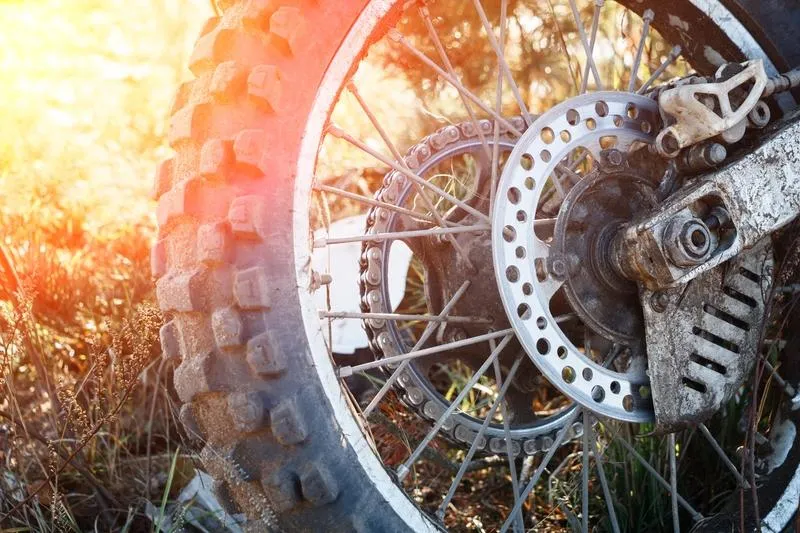
Farm bike skills
Farm bikes are an essential tool on many lifestyle blocks, but they can also be dangerous if not used correctly. Developing good habits and understanding how to ride safely, especially on slopes and uneven ground, is critical to avoiding injury.
Good Riding Habits
Understanding how your bike works is the first step in staying safe. Familiarity with the controls helps you identify issues early and ride with more confidence.
To develop good habits:
Read the operator’s manual before riding any new or unfamiliar bike. Know the location and function of all controls.
Wear protective clothing that allows freedom of movement. A long-sleeved shirt, reinforced boots, and a properly fitted helmet are essential.
Clean your bike regularly to spot maintenance needs early. Avoid spraying high-pressure water directly at bearings to prevent damage.
Stick to the maintenance schedule outlined in the manual. Pay close attention to brakes, footrests and throttle controls.
Practise in a safe area when learning to ride or adapting to a different bike. Avoid slopes or obstacles while building skill and confidence.
Riding Techniques
Riding safely takes more than just balance and speed. Proper technique is especially important on uneven or hilly terrain.
Key safety tips:
Look ahead for hazards and adjust your path before reaching them.
Keep both feet on the footrests at all times. Lifting a foot reduces stability and can cause the bike to tip.
Stay focused on riding. Stop the bike before checking stock or inspecting your surroundings.
Practise hill techniques for both stopping and starting. Learn how your bike handles in different conditions.
Ride smoothly and avoid sudden changes in speed or direction.
When stopping uphill:
Place your left foot on the ground, apply both brakes, and pull in the clutch.
Gently ease the brakes and pivot the bike around your left foot to bring it across the slope.
When starting:
Use second gear when heading downhill to control your speed.
Move off slowly and avoid jerky movements.
Active Riding
Controlling the bike with your body is vital when tackling steep or rough ground. This is called active riding, and it requires deliberate use of body weight and balance.
On downhill slopes:
Shift your weight towards the back of the bike.
Use second or third gear to maintain control and reduce fishtailing.
Apply the front brake more than the rear if you need to slow down.
On uphill slopes:
Shift your weight forward to prevent flipping.
Stand on the footrests with bent knees, placing some weight on the handlebars.
Use the highest gear your bike can manage. Low gears increase wheel spin and reduce traction.
Standing rather than sitting improves grip and overall control.
On sideways slopes:
Press harder on the downhill footrest to shift your weight over the tyres.
Proper weight distribution helps maintain grip and prevents sliding.

